War in Ukraine and the Climate Crisis Are Connected: Our Future Depends on Solutions that Address Both
Union of Concerned Scientists
MARCH 30, 2022
Earlier this month the International Energy Agency (IEA) released data showing that global carbon dioxide (CO 2 ) emissions hit an all-time high in 2021, rebounding sharply from the 2020 decline caused by COVID-19 related economic slump. A rapid clean energy transition is (still) the best path forward.




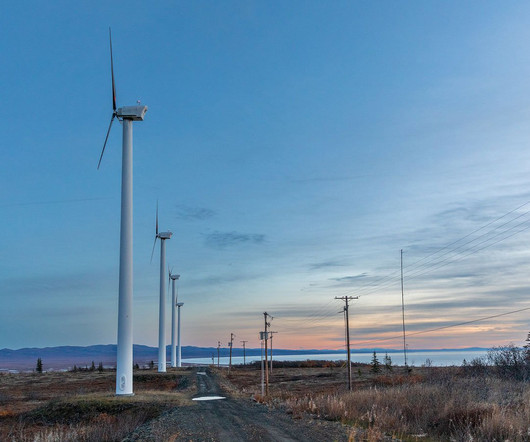



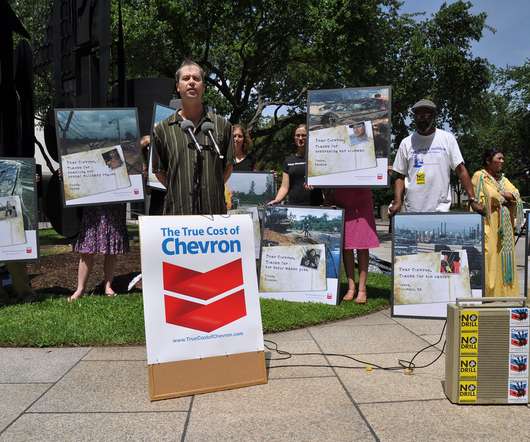





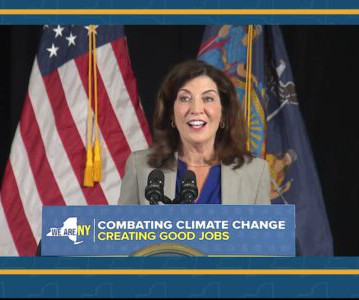







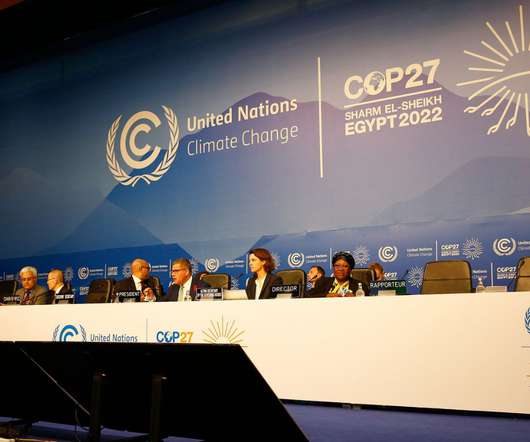

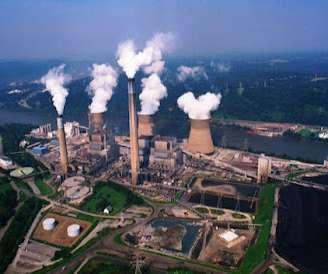










Let's personalize your content